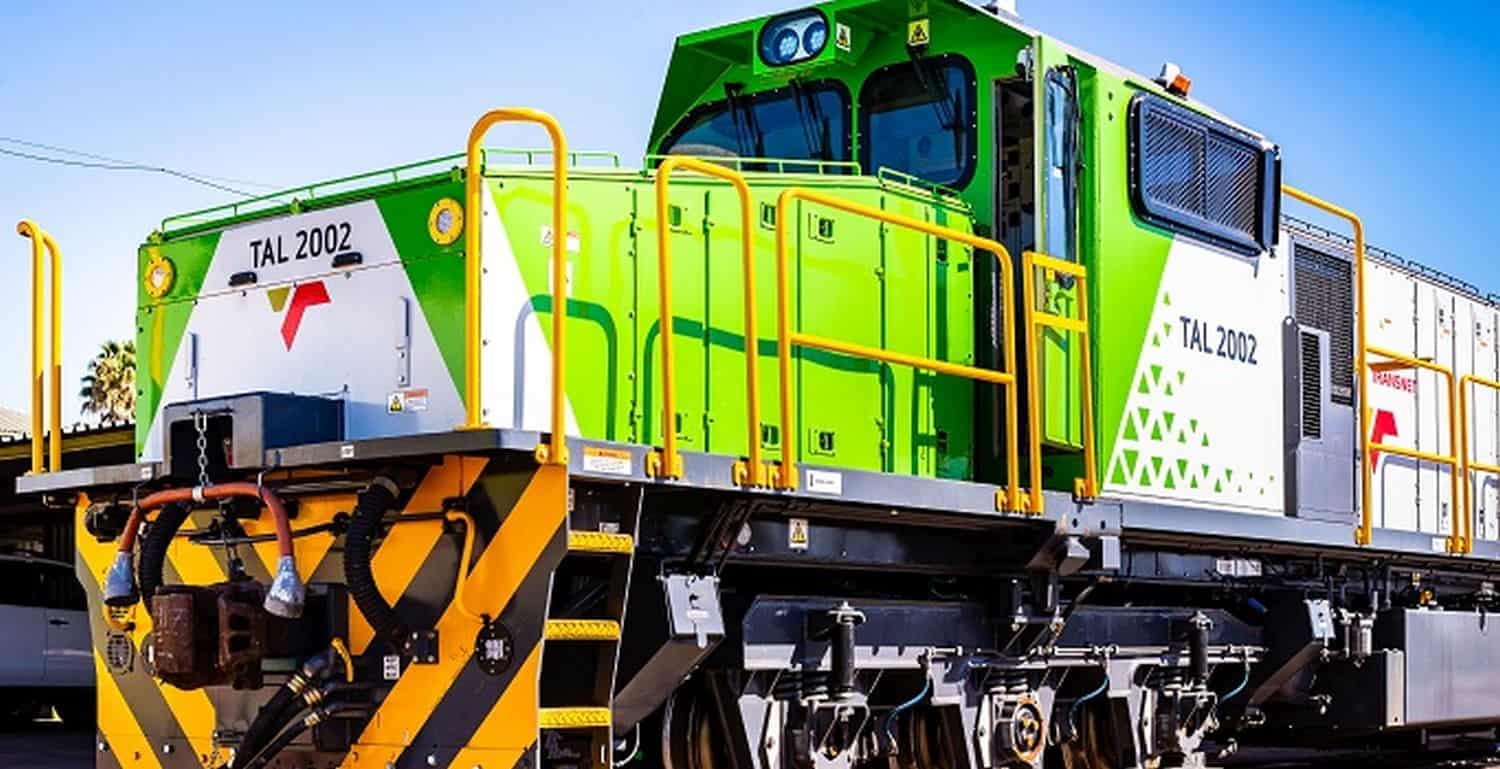Missiles and drones raining on Iran from Israel had an immediate effect on the global and local economy, with the prices of oil and gold increasing.
Bad news about the South African economy was overshadowed by the end of the week with Israel’s attack on Iran that immediately sent the prices of gold and Brent Crude Oil rocketing as investors invested in the safe haven of gold and fears escalated of disruption in oil supply.
Lisette IJssel de Schepper, chief economist at the Bureau for Economic Research (BER), says the economic story for the week was initially relatively positive, with the overarching narrative that the US and China agreed on a trade truce.
“However, overnight, Israel struck Iran’s nuclear facilities and military sites and killed senior commanders in dozens of strikes. While Israel attacked Iran before, this is the first time nuclear facilities were purposefully targeted, with those being ‘at the heart’ of the operation, according to Israeli Prime Minister Benjamin Netanyahu.”
She points out that the oil price spiked by more than 4% to a two-month-high amid concerns of renewed unrest in the Middle East mid-week, but came off those highs when a risk-off mood returned in global markets.
“This morning, Brent Crude futures jumped by 12% to about $78/barrel. Currency markets settled following an initial knee-jerk reaction after the news of the attack broke. The extent of the retaliation will determine much of the market and global reaction. The US was quick to state it was not involved and warned Iran not to target the US.”
ALSO READ: Economic activity picked up for the first time in 8 months in May
Dramatic jump for oil and a substantial rally for gold
Bianca Botes, director at Citadel Global, also noted that the price of Brent Crude Oil, the global benchmark for petroleum prices, jumped dramatically to approximately $76 per barrel this morning, its strongest level since February.
“This sharp increase occurred after Israel’s surprise military attack on Iran overnight, which created serious concerns about potential oil supply interruptions across the global market. The situation escalated when Israel announced a state of emergency, indicating that Iranian retaliation against Israeli locations could happen soon.”
She says this development raised fears about a wider regional war that could affect the Strait of Hormuz, a critical waterway that handles roughly one-fifth of the world’s oil transport.
Botes points out that gold prices experienced a substantial rally, climbing over 1% to surpass $3,440/ounce in the early hours of this morning, nearing all-time highs as investors seek safe haven assets.
“The precious metal’s surge directly followed Israel’s military action against Iran, with Israeli Prime Minister Benjamin Netanyahu confirming that the strikes targeted Iran’s nuclear facilities while acknowledging Iran’s continued ability to respond.
“Beyond the Middle Eastern conflict, gold received additional support from uncertainty surrounding American trade policies. President Trump’s threats to implement unilateral tariffs on trading partners created further market anxiety, although US Treasury Secretary Scott Bessent suggested the current 90-day tariff suspension might be extended.”
ALSO READ: Structural reform is silver bullet needed for SA economy to grow – OECD
Oil price highest since April, gold jumps 3.2% for the week
Busisiwe Nkonki and Isaac Matshego, economists at the Nedbank Group Economic Unit, note that Brent Crude Oil is hovering around $72.43 a barrel this morning, its highest level since 3 April, up by 5% since Friday last week.
“Oil prices were already under increasing pressure early in the week on reports that the US-Iran nuclear talks had deadlocked.
“Gold has jumped by 3.2% for the week to $3 418 this morning, while platinum is down by 1.7% overnight after strong investor demand briefly propelled it through $1 300 an ounce on Thursday.”
ALSO READ: R26 billion rescue from World Bank: Can the loan save Eskom and Transnet?
Rand folds under the pressure of possible war in the Middle East
Botes says the rand experienced significant pressure during trade on Thursday and early this morning, coming off its recent highs and resuming a sideways trend. “The weakness in the rand is largely driven by the rebound in the dollar, while increased geopolitical tension and renewed trade tensions drove flight to safe-haven assets.”
Nkonki and Matshego, say the rand dropped sharply overnight, breaking through R18/$ as global risk aversion jumped after Israel bombed Iranian nuclear sites. “The assault added to the tensions that simmered early in the week after the US and Iran failed to reach an agreement on Iran’s nuclear programme with the 60-day deadline stipulated by US President Donald Trump.
“The rand is trading around R17.96/$ this morning, its weakest level since 30 May. It touched R17.69/$ on Tuesday, its highest level since the second week of December, buoyed by investor demand for higher-yielding assets.” The rand was trading at R17.91/$ on Friday afternoon.
ALSO READ: Manufacturing output falls sharply and unexpectedly in March
Manufacturing production worse than consensus forecast
According to Statistics SA, manufacturing production decreased by 6.3% in April, after a downwardly revised 1.2% decrease in March. Nomvelo Moima, economist at the BER, says the headline figure came in worse than the consensus forecast, which anticipated a 4.5% decline in output.
Weakness was reported across the board, with nine out of the ten main subsectors contracting. The biggest drags on annual output came from food and beverages (-7.6%), metals and machinery (-6.3%) and motor vehicle parts and accessories (-13%).
However, she says, on the positive side, seasonally adjusted manufacturing production increased by a better-than-expected 1.9%, up from a 2.5% decline in March. “April marked the sixth consecutive annual decline in manufacturing output, consistent with the Absa PMI, which remained in contractionary territory over the same period.
“Therefore, a further decline in May’s PMI suggests we could see another month of lacklustre activity in the manufacturing sector.”
ALSO READ: Manufacturing experts urge SA to turn more raw materials into products
Better start to the year for manufacturing production despite decline
Mamello Matikinca-Ngwenya, Siphamandla Mkhwanazi, Thanda Sithole and Koketso Mano, economists at FNB, say despite the decline, it is nonetheless a moderately better start to the second quarter of 2025, although the persistent annual decline underscores ongoing unfavourable operating conditions and is consistent with their assessment of downside risks to the near-term economic growth outlook.
Nkonki and Matshego say the contraction in manufacturing production steepened in April, with output falling by 6.3% from -1.2% in March. “The sharper drop in output was driven by the increase in public holidays this year compared to 2024. Nonetheless, the sector continues to struggle due to inefficiencies in the logistics network and subdued domestic and global demand.
“These circumstances have led to ample spare capacity, high operating costs and weak commodity prices.”
ALSO READ: SA’s shrinking mining sector and the policies that brought us here
Bigger than expected contraction in mining production
Mining activity also revealed a downside surprise compared to the consensus expectation of a -4% decrease. According to Statistics SA, annual mining output plunged by 7.8% in April, down from an upwardly revised 2.5% contraction in March.
The biggest drag came from a fall in the production of platinum group metals (-24%) followed by gold (-2.5%) and coal (-1.7%) which both shaved off -0.3% percentage points from the annual figure, while iron ore made the largest positive contribution to output (+5.3%).
Moima says on a positive note for quarterly gross domestic product (GDP) dynamics, mining production ticked up by 0.6% month-on-month, after a 3.6% increase in March.
Nkonki and Matshego point out that the contraction in mining continued for a sixth consecutive month in April, registering a sharper decline of 7.7% from -2.8% in March. “More public holidays in April this year, combined with the struggles on the logistics front and subdued commodity prices, contributed to the weakness.”
Matikinca-Ngwenya, Mkhwanazi, Sithole and Mano say the contraction in mining production marks the sixth consecutive month of annual decline. “The outcome was worse than the Bloomberg consensus forecast of a 4.0% decline and largely reflected the disruptive impact of breakdowns and third-party supply issues affecting platinum group metals.














